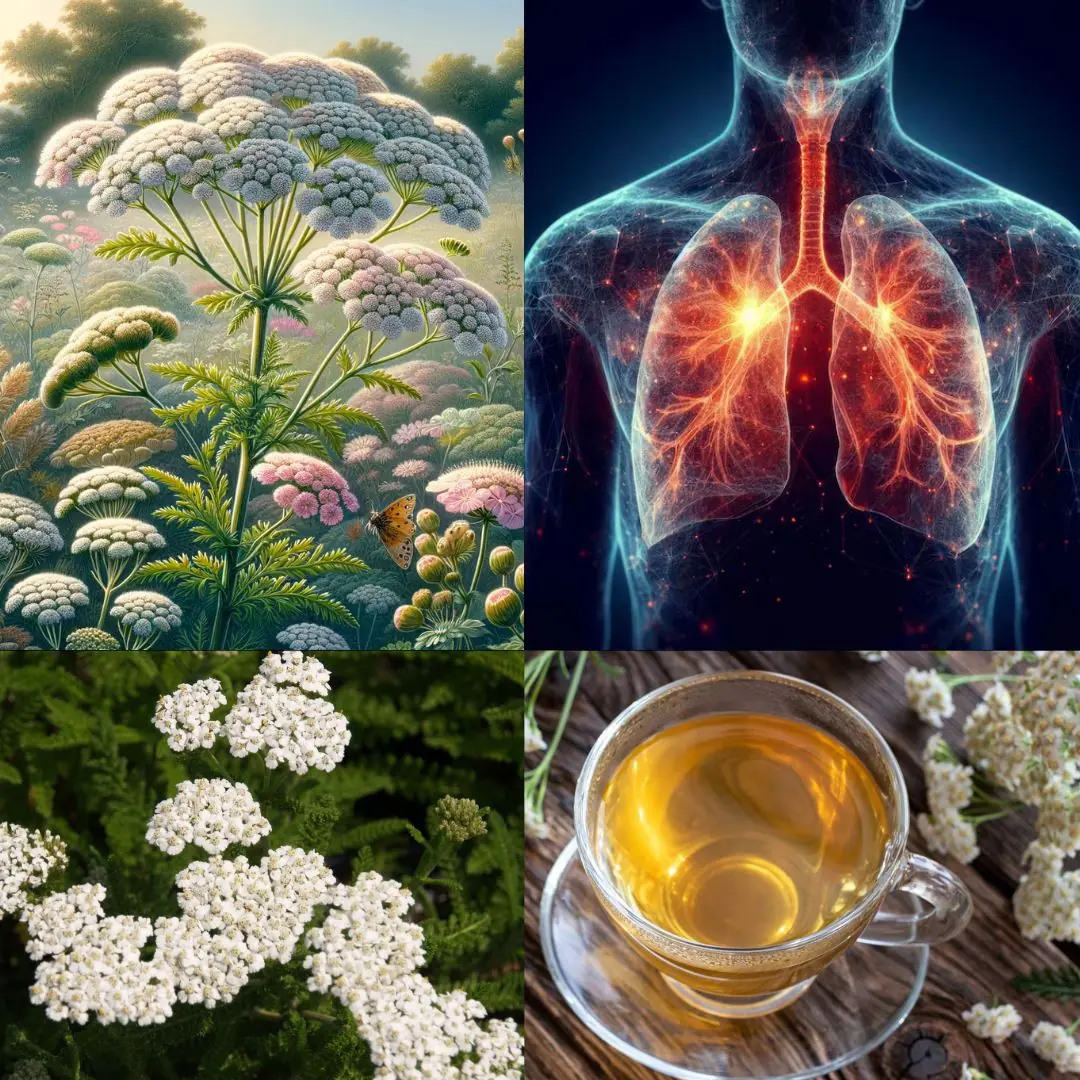
Fig Leaves: Surprising Benefits and Uses
The fig tree (Ficus carica) is well-known for its sweet, luscious fruit, but its leaves are equally remarkable for their health benefits and versatility. Used in traditional medicine for centuries, fig leaves are packed with nutrients and compounds that support overall well-being. From their medicinal uses to culinary applications, fig leaves are a valuable yet often underutilized resource.
Nutritional Profile of Fig Leaves
Fig leaves are a powerhouse of nutrients, containing:
Vitamins: Vitamin A, B1, and B2, which support skin health, energy production, and cellular repair.
Minerals: Calcium, magnesium, potassium, and phosphorus for bone health and muscle function.
Dietary Fiber: Promotes digestive health and regulates blood sugar levels.
Antioxidants: Flavonoids, phenols, and alkaloids, which protect against free radical damage and inflammation.
Health Benefits of Fig Leaves
1.Regulates Blood Sugar Levels
Fig leaves are known to have antidiabetic properties. They help lower blood glucose levels by improving insulin sensitivity and reducing insulin resistance. Consuming fig leaf tea or extracts is a traditional remedy for managing diabetes.
2.Supports Heart Health
Lowers Cholesterol: Compounds in fig leaves help reduce LDL (bad cholesterol) levels.
Regulates Blood Pressure: The potassium content in fig leaves aids in balancing sodium levels, helping to maintain healthy blood pressure.
3.Improves Digestive Health
The high fiber content in fig leaves makes them excellent for gut health. They:
Relieve constipation.
Soothe inflammation in the digestive tract.
Aid in managing conditions like irritable bowel syndrome (IBS).
4.Anti-Inflammatory Properties
Fig leaves contain bioactive compounds that reduce inflammation in the body, making them helpful for managing arthritis, joint pain, and other inflammatory conditions.
5.Promotes Weight Management
Regular consumption of fig leaf tea can support weight loss by improving metabolism and reducing fat accumulation.
6.Boosts Skin Health
The antioxidants in fig leaves protect the skin from oxidative stress, reducing signs of aging such as wrinkles and fine lines. Their anti-inflammatory properties also help treat skin conditions like eczema, psoriasis, and acne.
7.Respiratory Relief
Fig leaves have been used traditionally to alleviate respiratory conditions such as bronchitis and asthma. Inhaling steam from boiled fig leaves can clear airways and reduce mucus buildup.
8.Enhances Bone Health
The calcium and potassium in fig leaves strengthen bones and prevent conditions like osteoporosis.
Culinary Uses of Fig Leaves
Fig Leaf Tea:
Boil a few fresh or dried fig leaves in water for 5–10 minutes to create a soothing herbal tea. It’s a natural remedy for diabetes, digestive health, and relaxation.
Food Wrapping:
Fig leaves are used to wrap food, similar to grape leaves. They impart a subtle nutty and coconut-like flavor when steamed or baked with ingredients like fish, rice, or meats.
Flavor Enhancer:
Infuse fig leaves into milk or cream to add a unique, aromatic flavor to desserts like custards, ice cream, and panna cotta.
Cooking Oil Infusion:
Add fig leaves to olive oil for a flavorful dressing or marinade.
Traditional and Medicinal Uses
- Topical Applications
Crushed fig leaves or their extract can be applied to:
Wounds and Cuts: Speed up healing and prevent infections.
Skin Conditions: Soothe inflamed or itchy skin caused by eczema or insect bites.
- Hair Care
Fig leaf extracts are used in natural hair treatments to promote scalp health and reduce dandruff. - Detoxification
Fig leaf decoctions help flush out toxins from the liver and kidneys, supporting detoxification.
How to Prepare Fig Leaves for Use
Drying:
Wash fresh fig leaves thoroughly, then dry them in a shaded area. Once dry, crush them into powder for teas or poultices.
Extracts and Oils:
Fig leaves can be boiled to create a concentrated extract, which can be used for both internal and external applications.
Culinary Preparation:
Use fresh leaves for wrapping food or as a flavor enhancer in recipes.
Precautions When Using Fig Leaves
Latex Sensitivity: Fig leaves produce a milky sap (latex) that may irritate the skin or cause allergic reactions in some individuals. Always wash hands after handling.
Dosage: Overconsumption may lead to gastrointestinal upset. Stick to recommended amounts, especially for teas or supplements.
Pregnancy and Breastfeeding: Consult a healthcare provider before using fig leaves during pregnancy or while breastfeeding.
Growing and Harvesting Fig Leaves
Fig trees are relatively easy to grow and thrive in warm, sunny climates. If you have access to a fig tree:
Harvest: Pick mature leaves that are vibrant green and healthy.
Storage: Store fresh leaves in the refrigerator or dry them for long-term use.
Fig leaves are a versatile and nutrient-rich natural remedy with a wide range of health and culinary applications. Whether you brew them into a tea, use them as a food wrap, or apply them to your skin, fig leaves can enhance your well-being and add unique flavors to your dishes. With proper preparation and mindful use, fig leaves can be a valuable addition to your health and lifestyle toolkit.
News in the same category


Deadly Nightshade (Atropa belladonna): The Dangerous Beauty
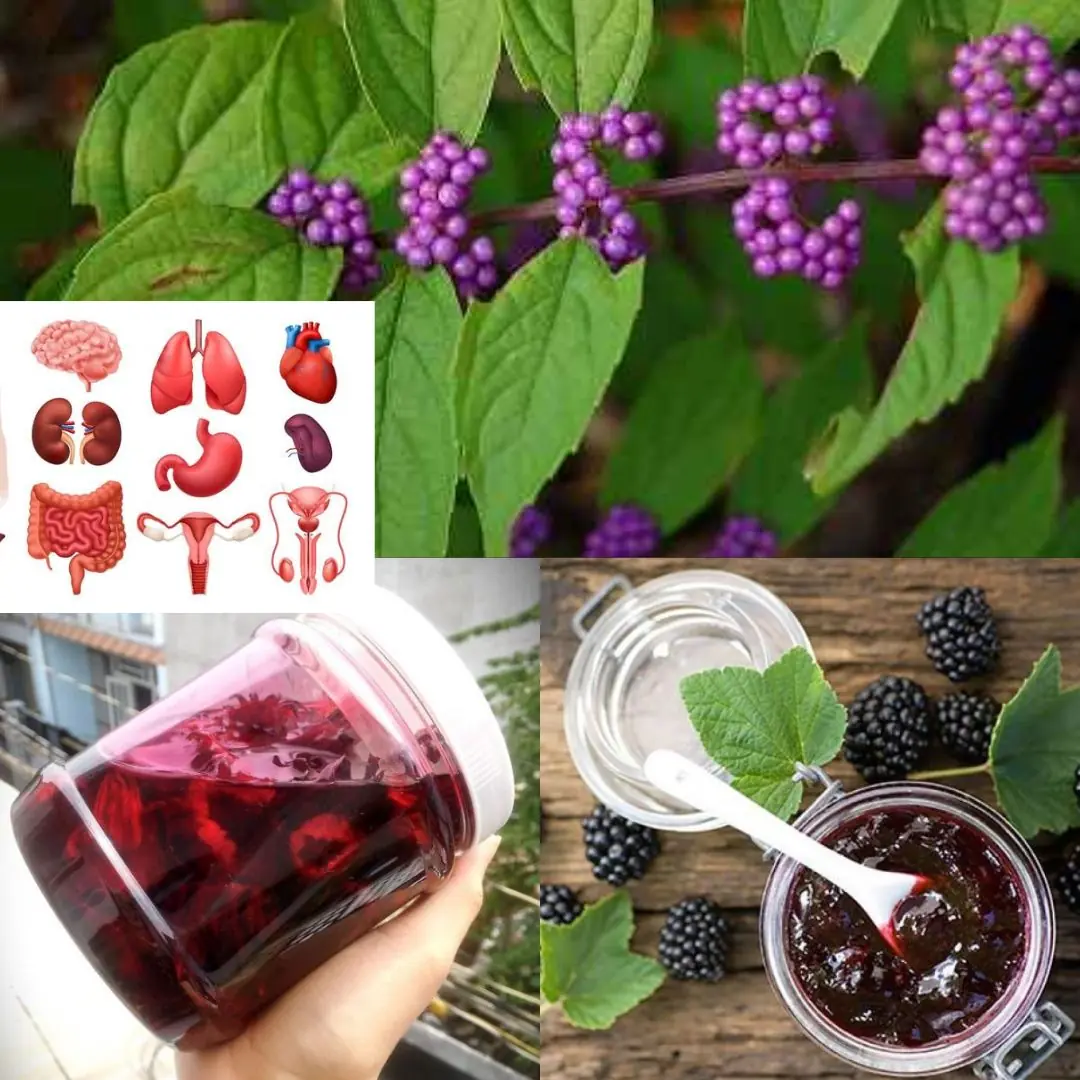
American Beautyberry (Callicarpa americana): Benefits and How to Use It

Holding Cloves in Your Mouth: A Natural Way to Relieve Toothache
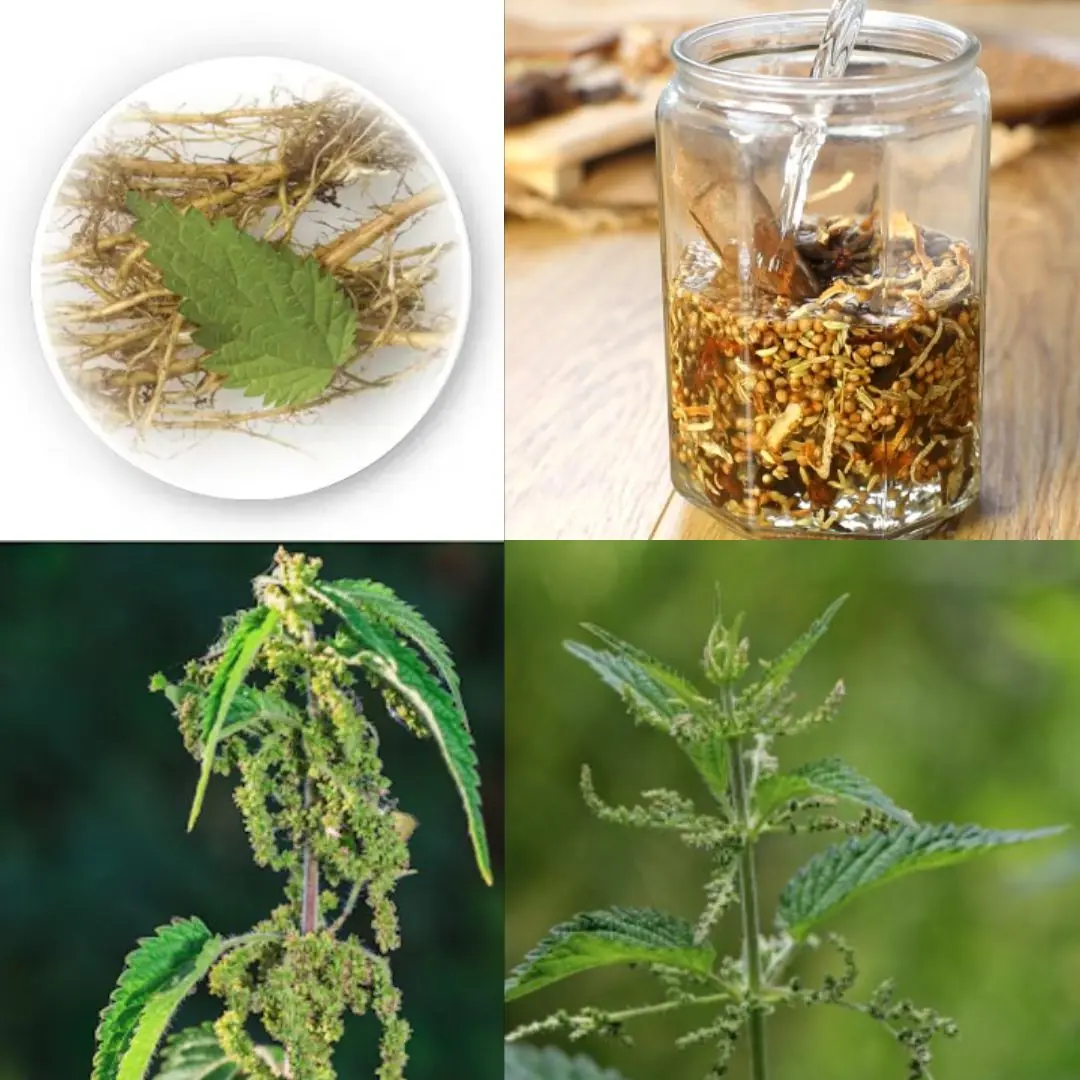
Everybody Hates Stinging Nettle, But Most People Don’t Know the Power of Its Root

13 Reasons You Should Eat Eggs and Sweet Potatoes Every Morning

9 Powerful Home Remedies to Get Rid of Fungal Infection (Daad, Khaj, Khujli) Fast
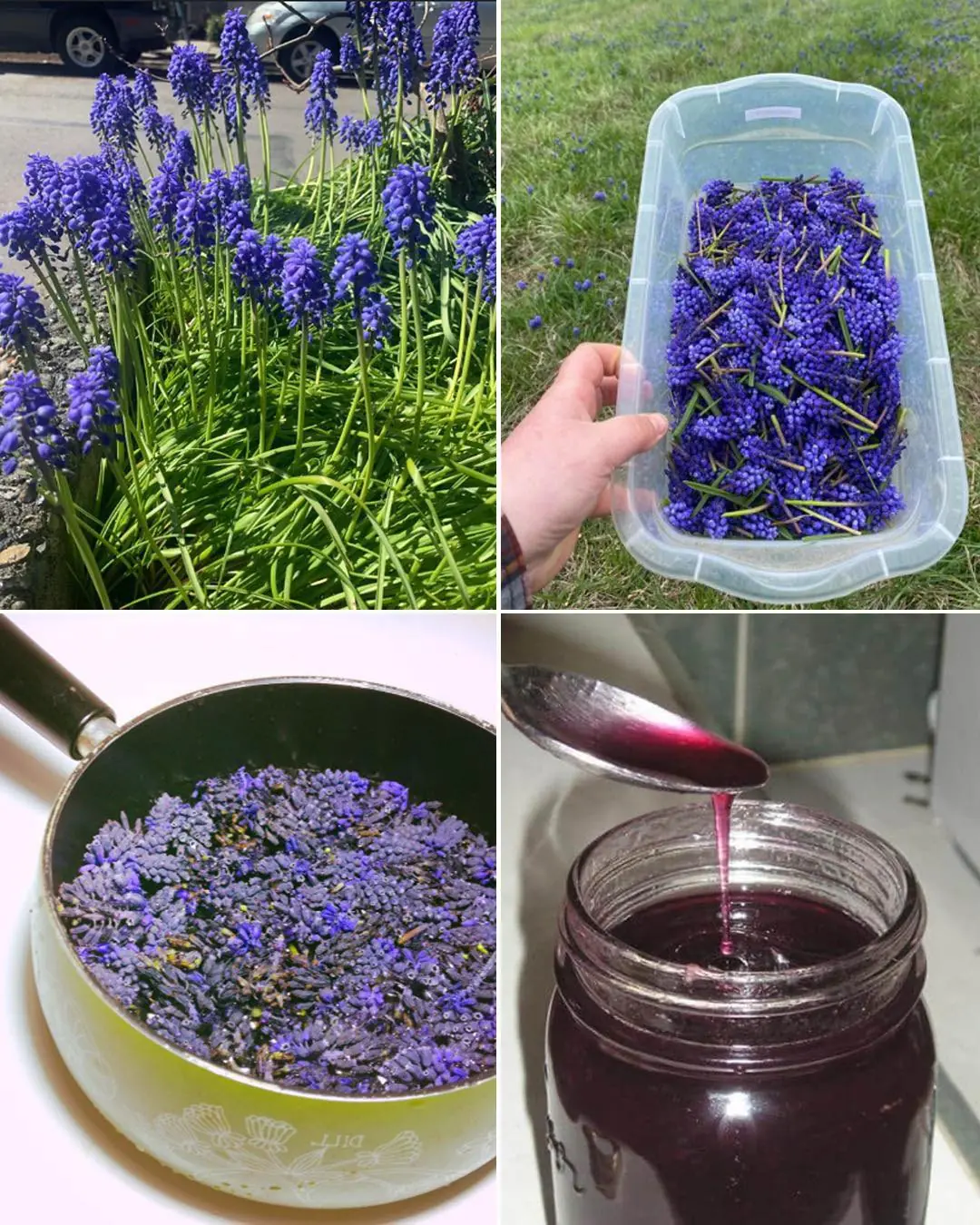
Grape Hyacinth (Muscari): A Tiny Spring Wonder with Surprising Benefits and Uses
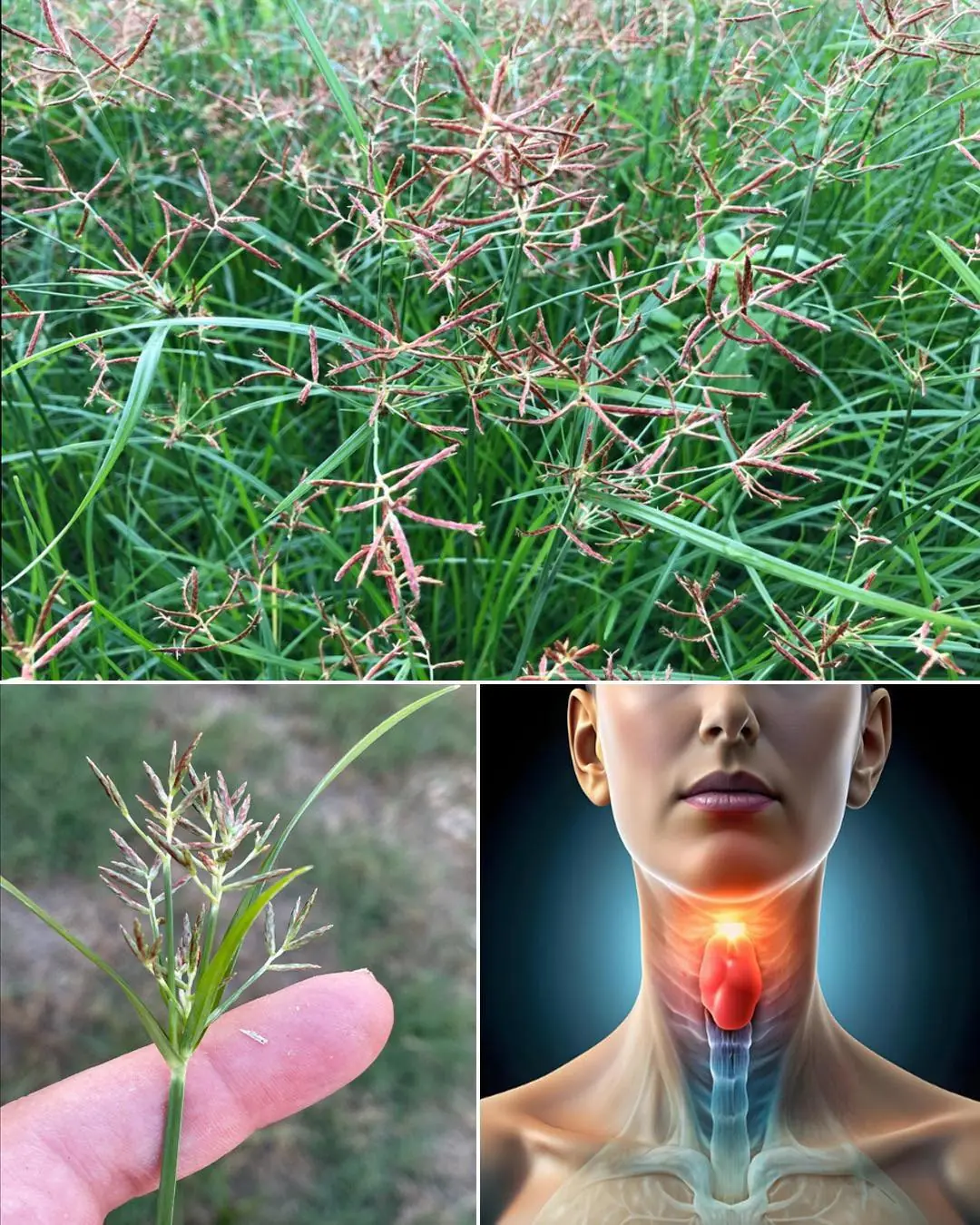
Cyperus Rotundus: The Ancient Herb with Modern Healing Power
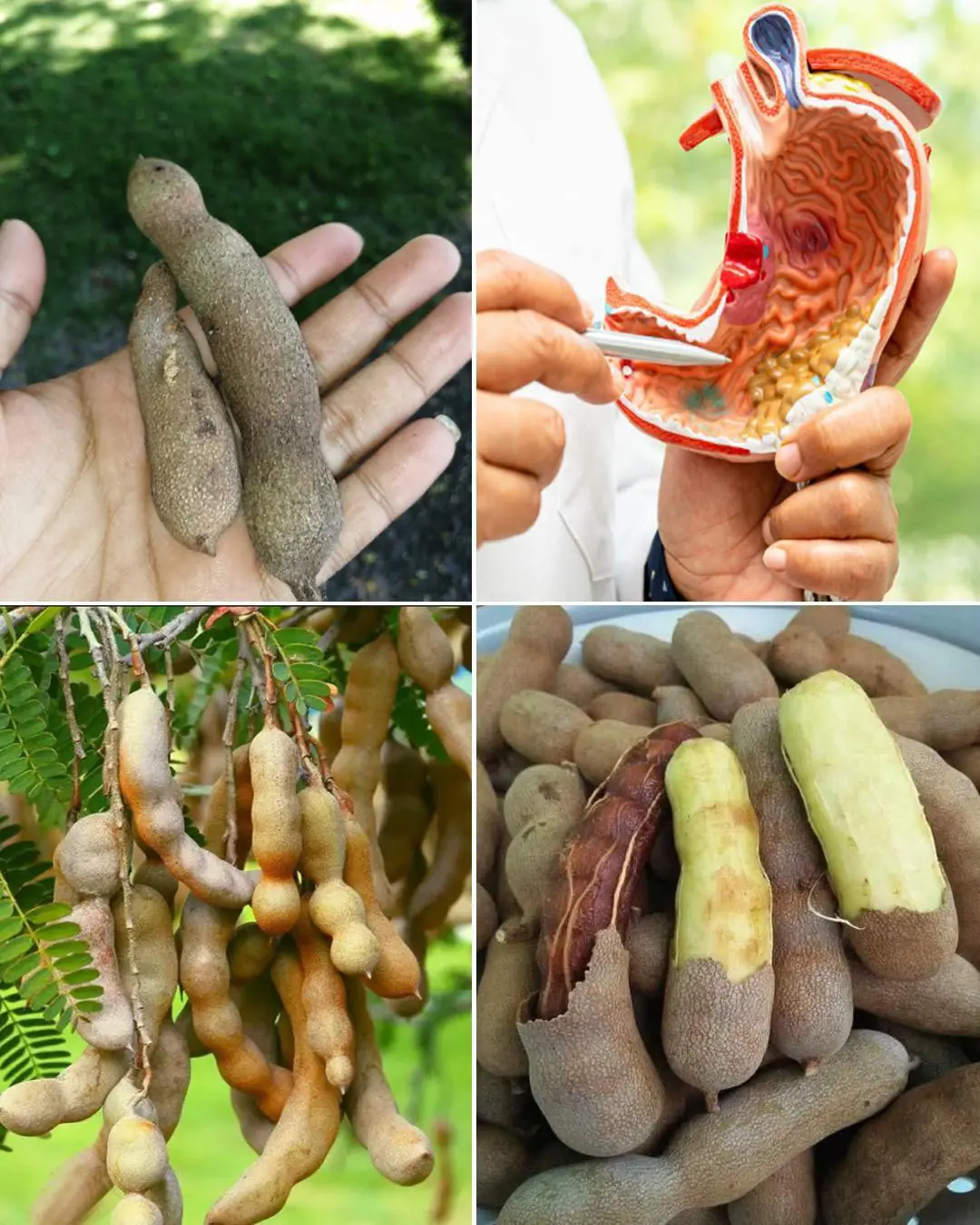
The Power of Tamarind Fruits: Sweet, Sour & Supercharged with Health Benefits

Sessile Joyweed (Alternanthera sessilis): 6 Incredible Health Benefits and How to Use It Naturally
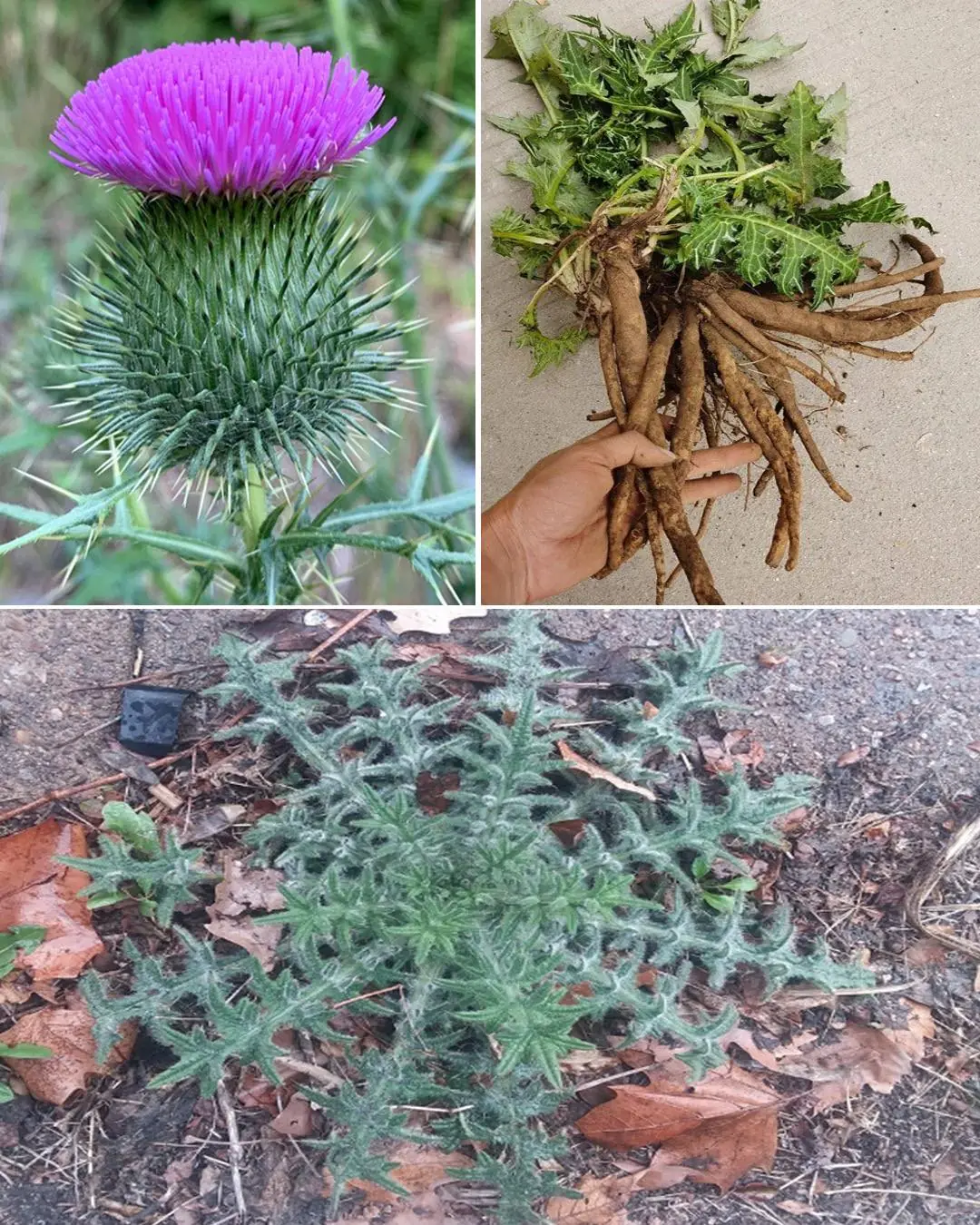
Bull Thistle Root Benefits: Uses, Healing Properties, and How to Prepare It

Deadly Nightshade (Atropa belladonna): The Dangerous Beauty
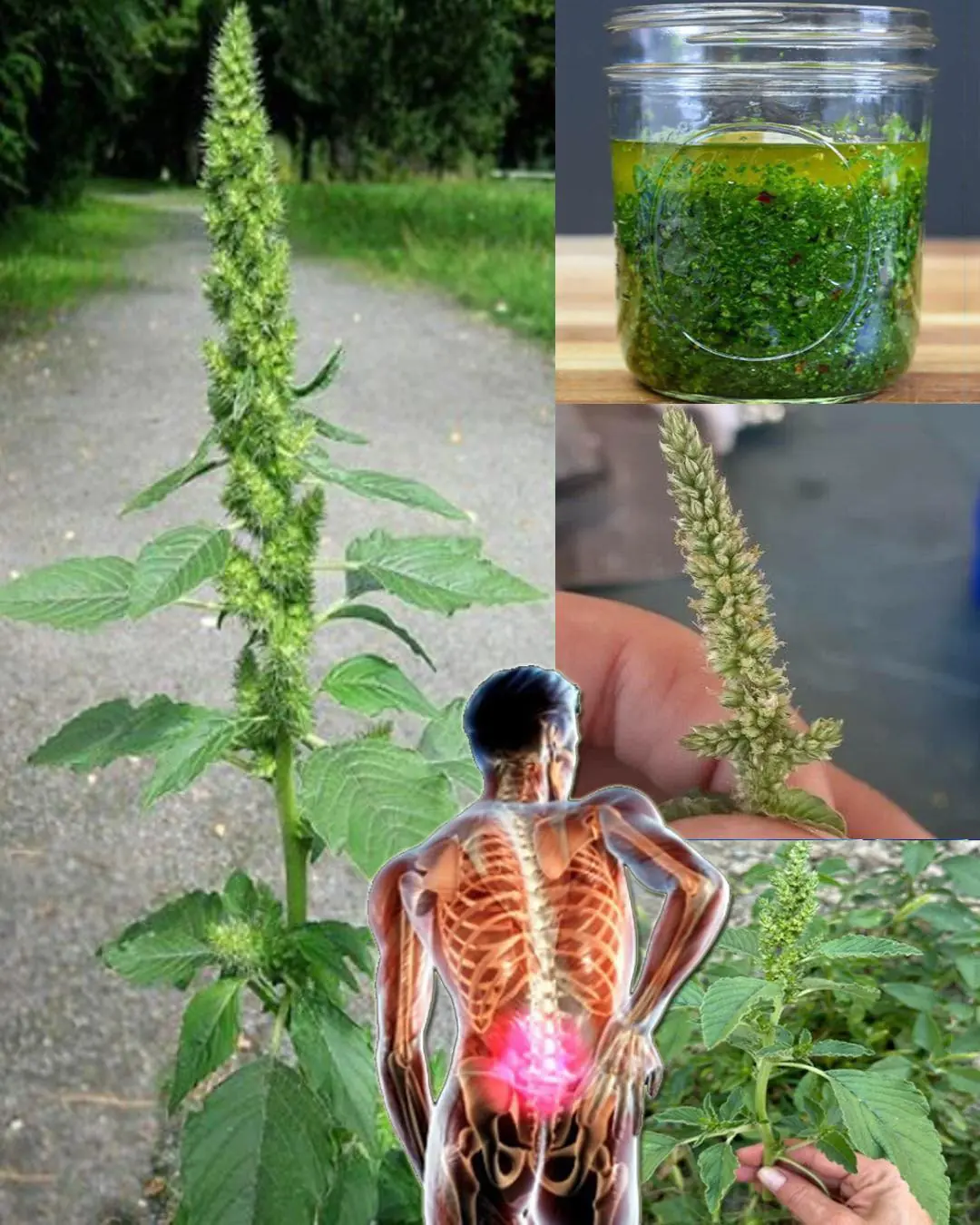
Health benefits of Pigweed
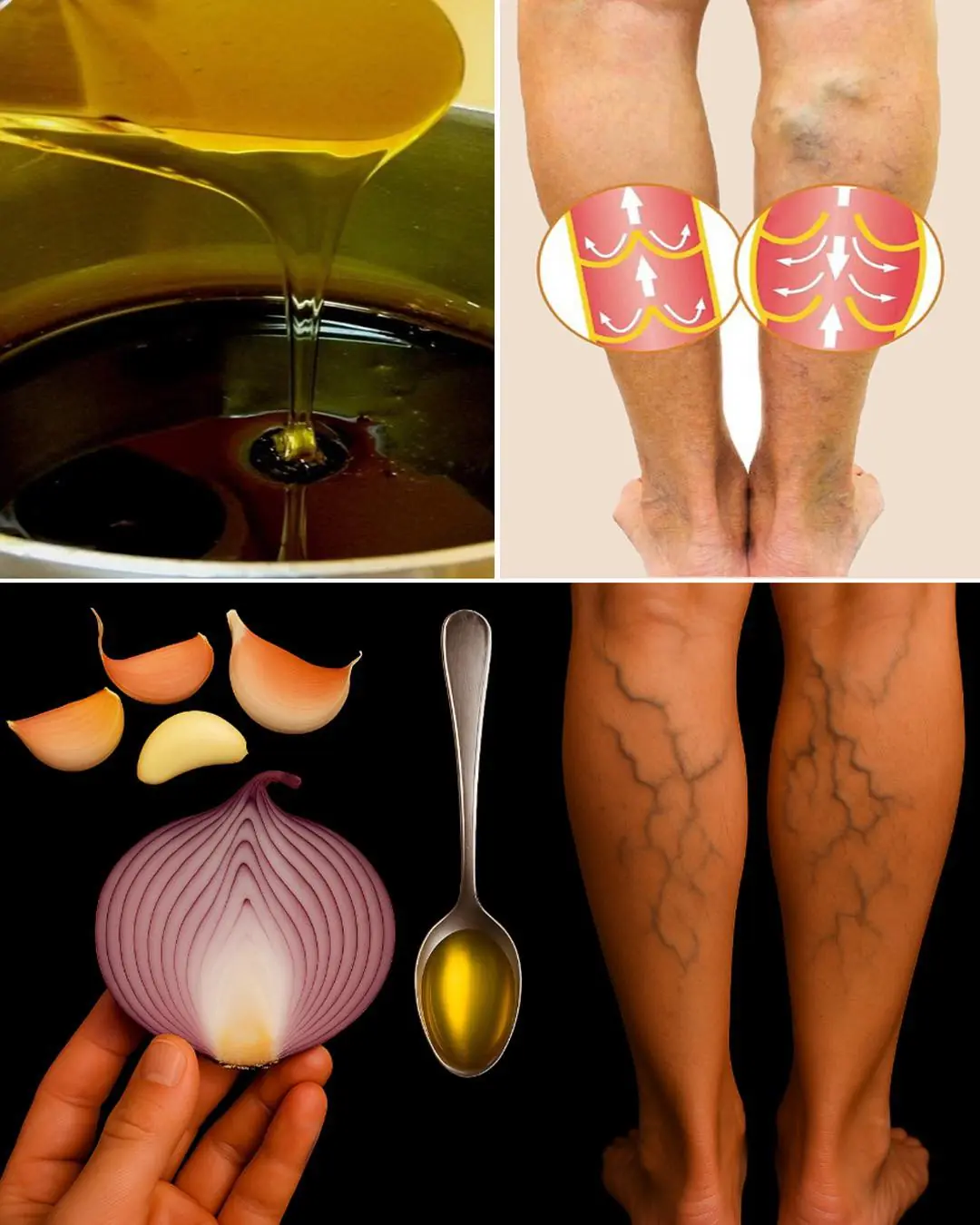
Onion, Garlic, and Olive Oil Remedy for Varicose Veins: Natural Treatment and Benefits
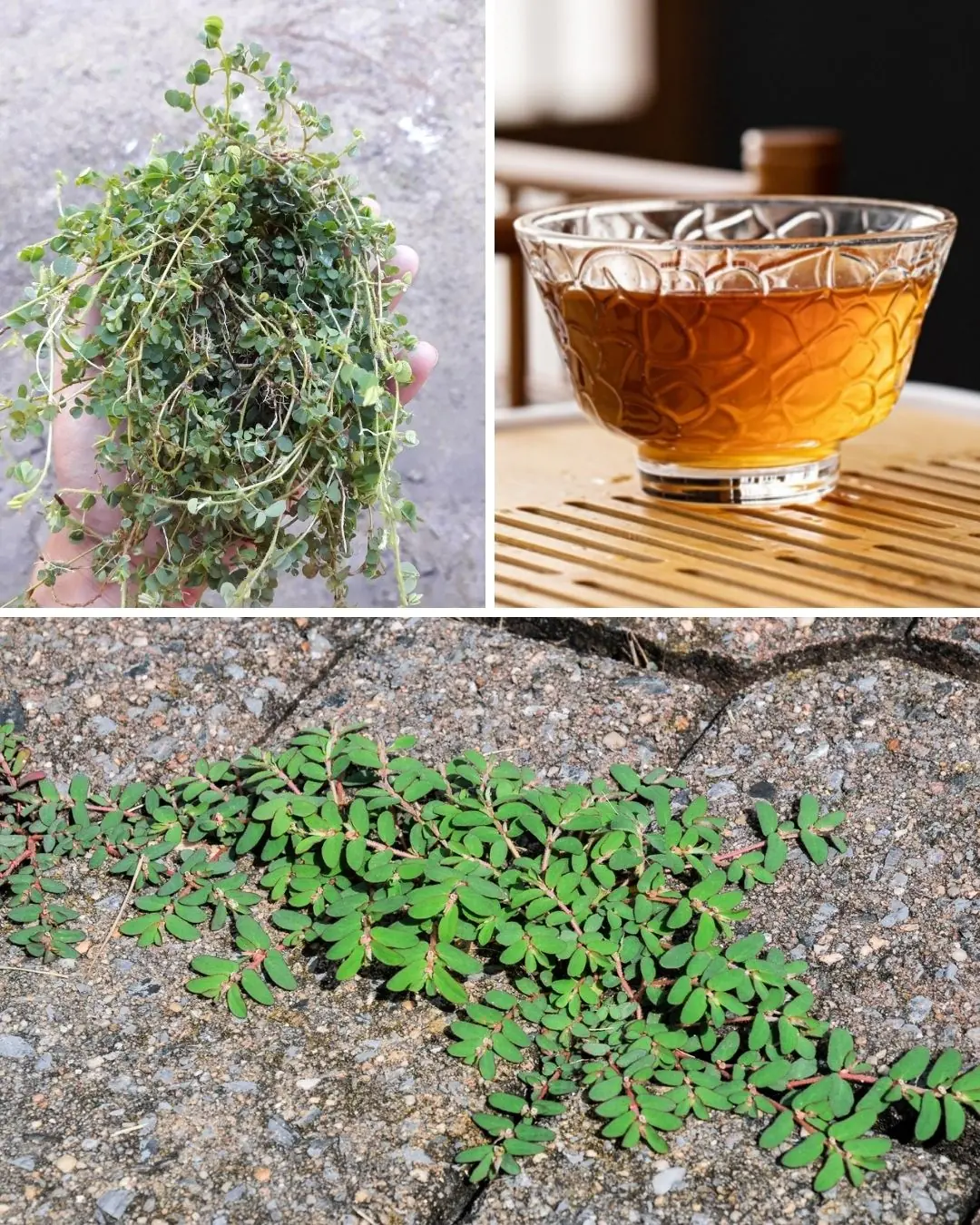
The Health Benefits of Euphorbia Thymifolia: A Powerful Yet Overlooked Herb 🌿✨
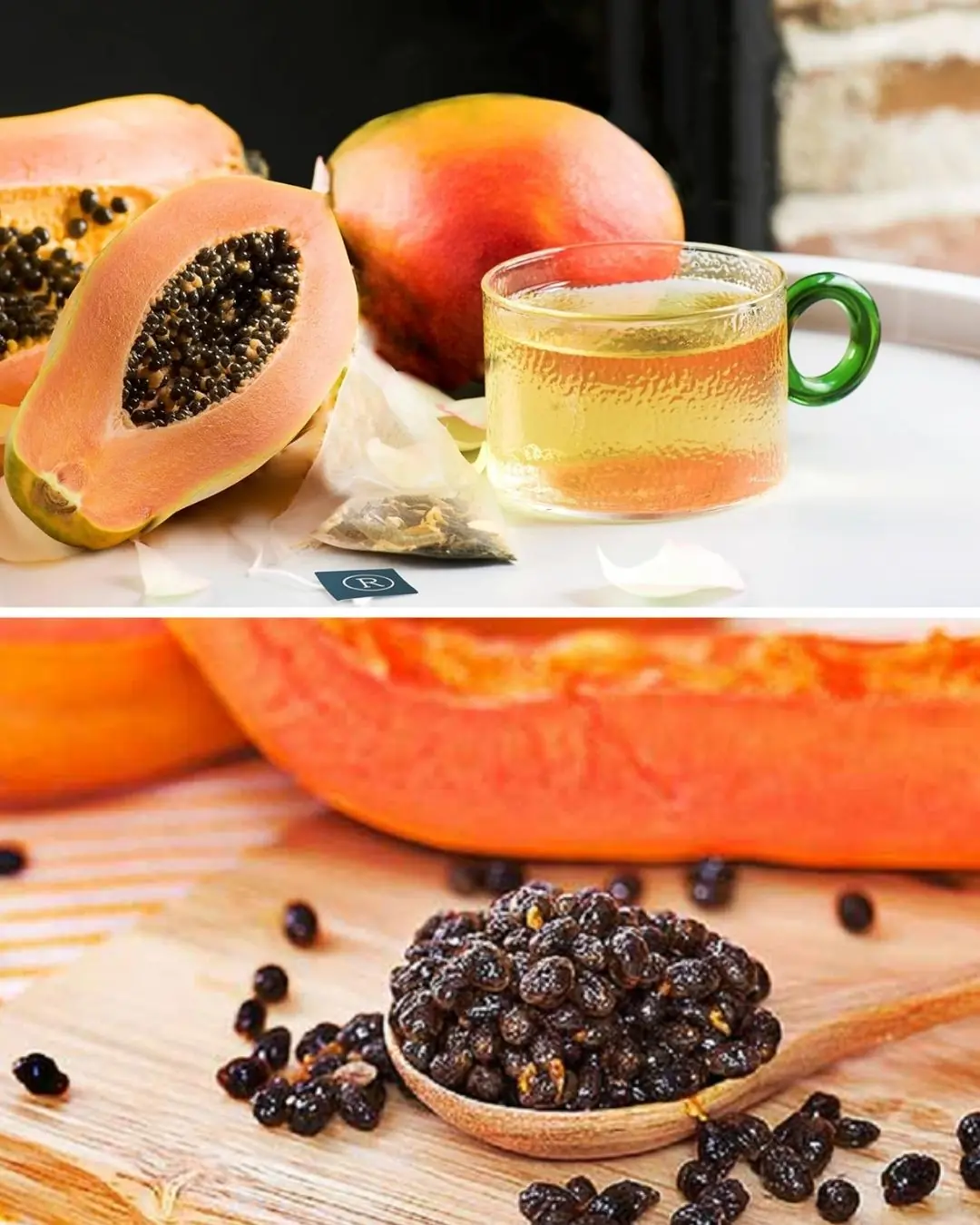
The Powerful Health Benefits of Papaya Seeds: Why You Should Include Them in Your Diet
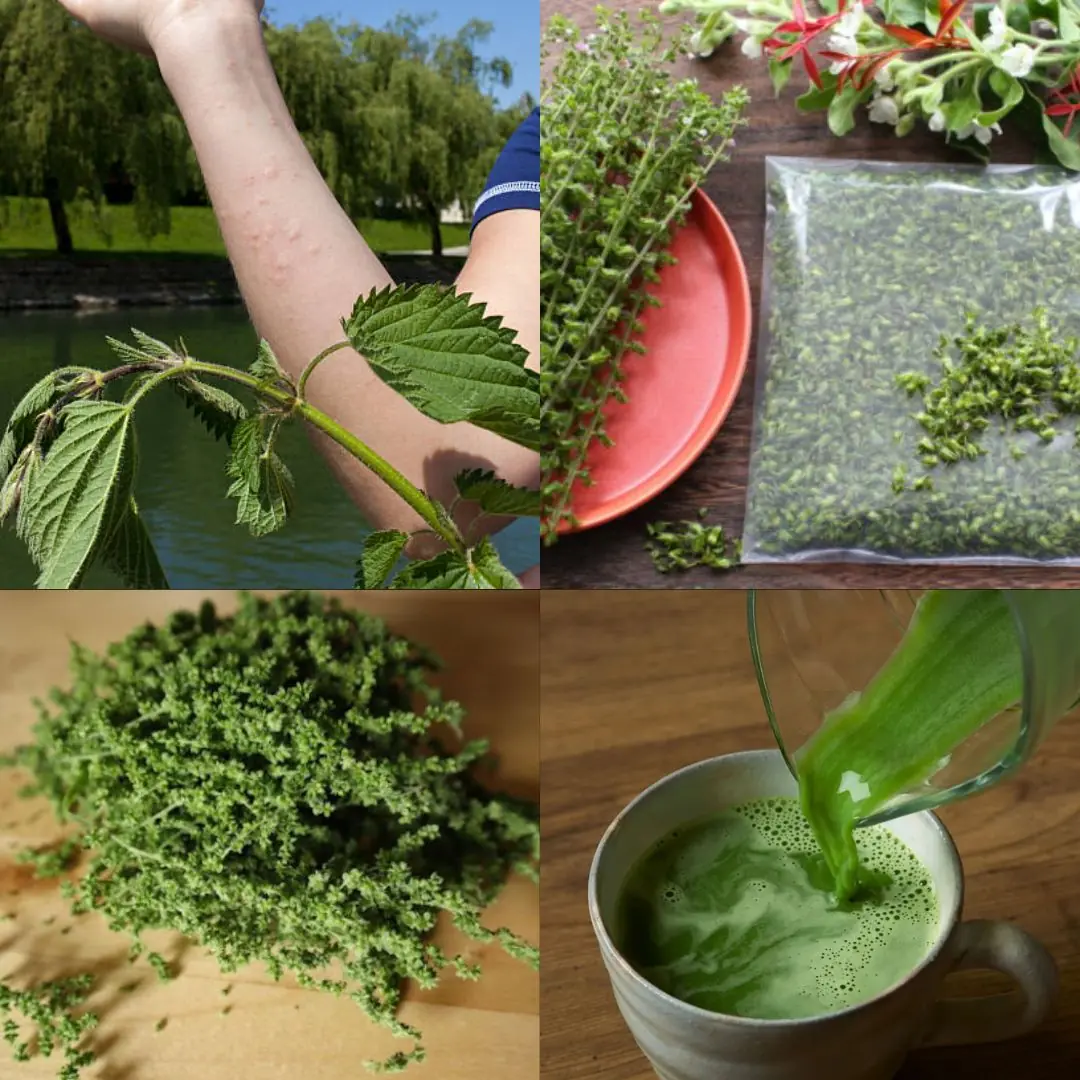
The Power of Urtica dioica: Natural Relief for Joint Pain, Arthritis, and Inflammation
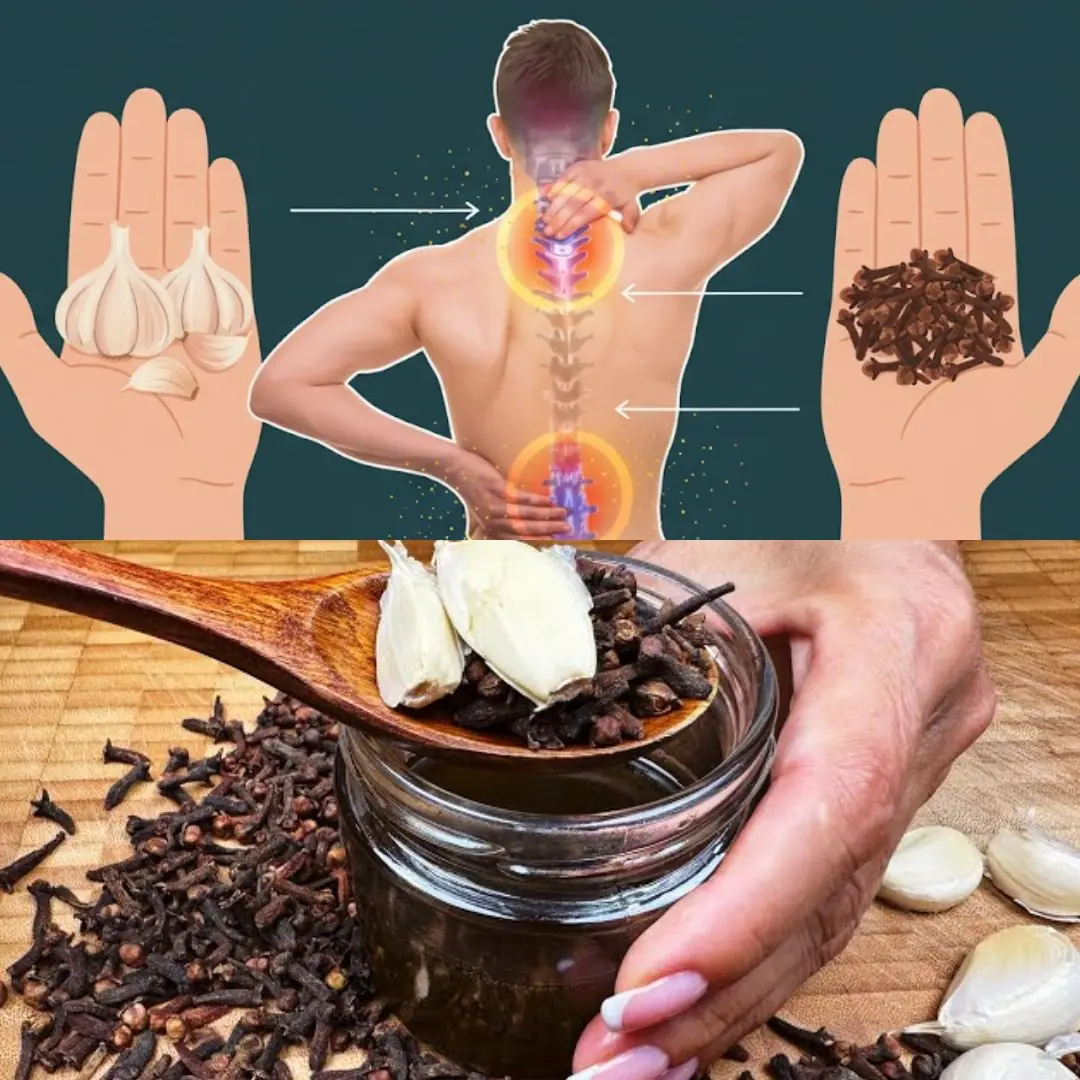
Garlic, Honey, and Cloves – a powerful natural remedy packed with health benefits
News Post
Fighting for Wojtek: A 14-Year-Old’s Battle Against Cancer

The washing machine makes loud noises and shakes violently when spinning: Don't rush to call a repairman, just do this and the machine will run smoothly.

Defrosting meat without soaking: Chefs reveal how to make delicious meat while preserving nutrients

“Hope Dies Last”: Parents Plead to Save Their 5-Year-Old Son With ALD

If the beans are cooked quickly, they will be soft and delicious in no time, saving gas/electricity.

Tea left overnight is such a waste: It has 4 great uses that very few people know about.

Fighting for Melania: A Childhood Stolen by Pain

Banana flower – from pig food to Asia's number 1 delicacy: Revealing 2 simple ways to make it

Bathroom tiles are often moldy, dirty, and yellowed: Here are 5 cheap tips to help keep your bathroom tiles clean and shiny.

A Mother’s Prayer: Liza Scott’s Ongoing Fight for Answers

How Your Sleep Position Reveals If You’re Lazy

7 Clever DIY Uses for Used Teabags That Will Make You Think Twice Before Tossing Them

When an Elephant Found a Friend: The Story of Nelly and Rocky.

The Day Compassion Was Served Through a Coffee Window.

From Darkness to Growth — How a Garden Saved a Grandson’s Life.

Yarroway – the herb that can save the day

Devotion: The Lions Made of Love and Cardboard

Previously Homeless Veteran and Mother of 6 Becomes A First-Generation College Graduate

Baileigh Sinaman-Daniel Makes NCAA History as First One-Armed Women’s Basketball Player to Score in a Game
